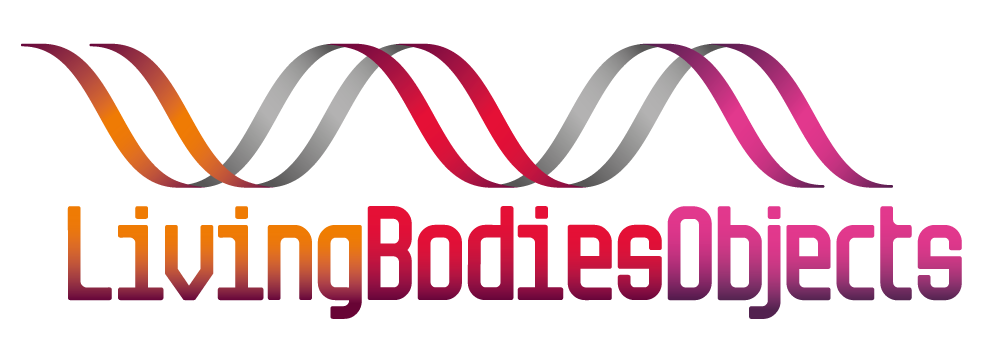A Medical Humanities Laboratory
A major aim of LivingBodiesObjects has been to develop a physical and virtual medical humanities laboratory at the University of Leeds to act as a base for our work. In doing so, we wanted to connect to the traditional idea of the laboratory as a space for testing but also explore what kinds of innovation might come when we thought through this idea as a creative medical humanities experiment. We were drawn to Bruno Latour’s skeptical engagement with lab work and culture, as expressed in Laboratory Life, as well as more recent provocations on what constitutes a laboratory as a site for research practice.
We needed our lab to be a physical space where we could meet as a group and implement our ideas about team working – shared space protocols and non-hierarchical discussions, for example – and one where we welcome guests. It had to be functional, a space for making and interacting with others, but also be governed by our values, ways of working, and commitment to an examination of research processes. These are also vital for the virtual spaces we use in the project, which we have developed with our creative partner Immersive Networks.
In the first year of the project, we secured a physical location in the University’s Heath Sciences Library, and we have been exploring how to transform that space into a bespoke lab for creative, collaborative experimentation. Using technology in the laboratory continues our engagement with the heritage of scientific enquiry, suggesting exciting new possibilities for the interactions of bodies, objects and technologies. It also provides challenges: how to resist technosolutionism, for example, or make our partners feel welcome in an environment that can create anxiety.
As the project has developed, our understanding of what form of lab will best enable radical, collaborative research about health and disability has shifted. We have realised that to do experimental, collaborative work well, it is necessary to have a fluid, responsive mode of working and a concept of site that enables the going out to others, as well as inviting others in, that isn’t always compatible with the notion of the lab as centre. While much of our day-to-day project work takes place in our physical lab space, we are now working with a de-centred conceptualisation of the lab as a dispersed site of situational research — the specific entanglement of people, places, ideas and objects that occurs wherever our research takes shape.
For the LBO team, the lab is all these spaces at once, part of our desire to highlight the processes of research activity. In many ways, understanding the laboratory is the heart of the project. It is a physical location and thought experiment; grounded and elusively agile. As with much of what we do, it will change as our work develops.


Our lab space has to be accessible. The first three minutes of this YouTube video shows a walk-through guide of how to reach the Health Sciences library from the Level 7 Main Entrance of the Astbury Building which is located on the North – South Campus Access Route.
